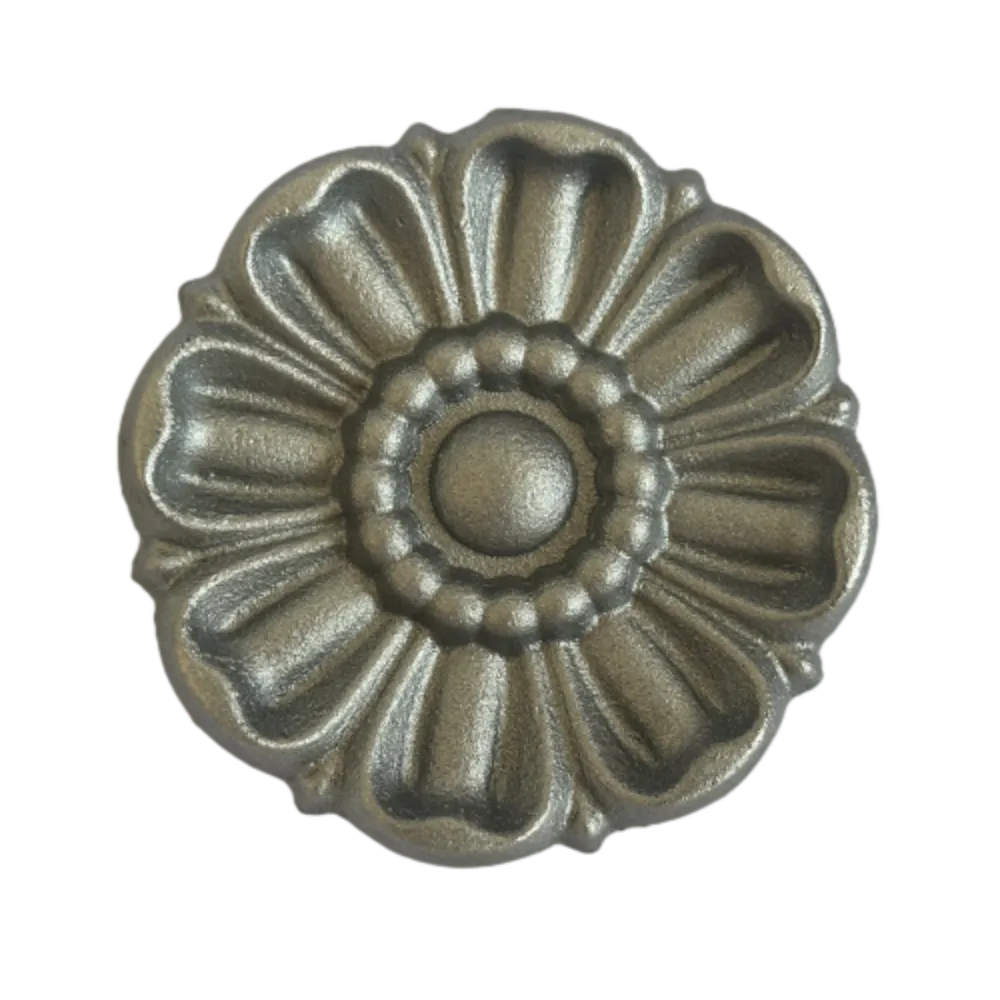Cast Iron Balustrade Designs for Stylish and Durable Architectural Features
The Allure and Functionality of Cast Iron Balustrade Panels
Cast iron balustrade panels have emerged as a quintessential choice for architects and homeowners seeking to combine aesthetic appeal with robust functionality. These panels not only serve a practical purpose in staircases, balconies, and terraces, but they also elevate the architectural style of both historic and contemporary buildings.
The Historical Context of Cast Iron
The use of cast iron in architecture dates back to the 18th century, a period marked by the Industrial Revolution. With advancements in manufacturing techniques, cast iron became a prevalent material, admired for its malleability and strength. In the context of balustrades, cast iron allowed for intricate designs that were both decorative and functional. Cast iron balustrades adorned many grand buildings, parks, and bridges, showcasing the craftsmanship of the era.
The Aesthetic Appeal
One of the most striking features of cast iron balustrade panels is their exquisite design flexibility. From ornate patterns reminiscent of Victorian architecture to sleek, modern styles, cast iron can be molded into various shapes and sizes. This versatility allows designers to create unique installations that complement the overall design of a space. The detailed filigree and embellishments typical of cast iron can add a touch of elegance and sophistication to any setting.
Furthermore, cast iron balustrades are available in various finishes. They can be painted in a range of colors, allowing homeowners to match the balustrade to their existing decor or to stand out as a focal point. The potential for customization ensures that every installation can be tailored to individual preferences, reinforcing the uniqueness of each space.
Durability and Maintenance
cast iron balustrade panels

In addition to their beauty, cast iron balustrade panels are renowned for their durability. Unlike wood, which can warp or decay over time, cast iron is resistant to weathering and pest infestation. This makes it an ideal choice for outdoor applications, where exposure to the elements might compromise the integrity of other materials. When properly maintained, cast iron balustrades can last for decades, making them a sound investment for property owners.
Maintenance of cast iron balustrades typically involves regular inspections and occasional repainting to prevent rust. While the initial investment may be higher than that of more conventional materials like wood or vinyl, the long-term durability often justifies the cost. Owners can enjoy peace of mind knowing that their balustrades will retain their structural integrity and visual appeal for years to come.
Safety Considerations
Balustrades serve a crucial safety function, acting as barriers that prevent falls from elevated areas. Cast iron balustrade panels, with their robust composition, provide a solid sense of security. When properly installed, they adhere to building codes and regulations, ensuring the safety of occupants and visitors.
Moreover, the height and spacing of the balusters can be customized to meet safety standards while still offering an open view. This feature is particularly appealing in settings where scenic vistas can be appreciated, such as overlooking a beautiful garden or city skyline.
Conclusion
Cast iron balustrade panels represent a harmonious blend of artistry and functionality. Their rich historical background, aesthetic versatility, durability, and safety benefits make them an exceptional choice for any architectural project. Whether enhancing a grand staircase in a historic home or providing safety on a contemporary balcony, cast iron balustrades bring a timeless elegance that transcends trends. As we continue to appreciate the craftsmanship and design possibilities, cast iron remains a material that stands the test of time, promising beauty and reliability for generations to come.
-
Wrought Iron Components: Timeless Elegance and Structural StrengthNewsJul.28,2025
-
Window Hardware Essentials: Rollers, Handles, and Locking SolutionsNewsJul.28,2025
-
Small Agricultural Processing Machines: Corn Threshers, Cassava Chippers, Grain Peelers & Chaff CuttersNewsJul.28,2025
-
Sliding Rollers: Smooth, Silent, and Built to LastNewsJul.28,2025
-
Cast Iron Stoves: Timeless Heating with Modern EfficiencyNewsJul.28,2025
-
Cast Iron Pipe and Fitting: Durable, Fire-Resistant Solutions for Plumbing and DrainageNewsJul.28,2025
-
 Wrought Iron Components: Timeless Elegance and Structural StrengthJul-28-2025Wrought Iron Components: Timeless Elegance and Structural Strength
Wrought Iron Components: Timeless Elegance and Structural StrengthJul-28-2025Wrought Iron Components: Timeless Elegance and Structural Strength -
 Window Hardware Essentials: Rollers, Handles, and Locking SolutionsJul-28-2025Window Hardware Essentials: Rollers, Handles, and Locking Solutions
Window Hardware Essentials: Rollers, Handles, and Locking SolutionsJul-28-2025Window Hardware Essentials: Rollers, Handles, and Locking Solutions -
 Small Agricultural Processing Machines: Corn Threshers, Cassava Chippers, Grain Peelers & Chaff CuttersJul-28-2025Small Agricultural Processing Machines: Corn Threshers, Cassava Chippers, Grain Peelers & Chaff Cutters
Small Agricultural Processing Machines: Corn Threshers, Cassava Chippers, Grain Peelers & Chaff CuttersJul-28-2025Small Agricultural Processing Machines: Corn Threshers, Cassava Chippers, Grain Peelers & Chaff Cutters












